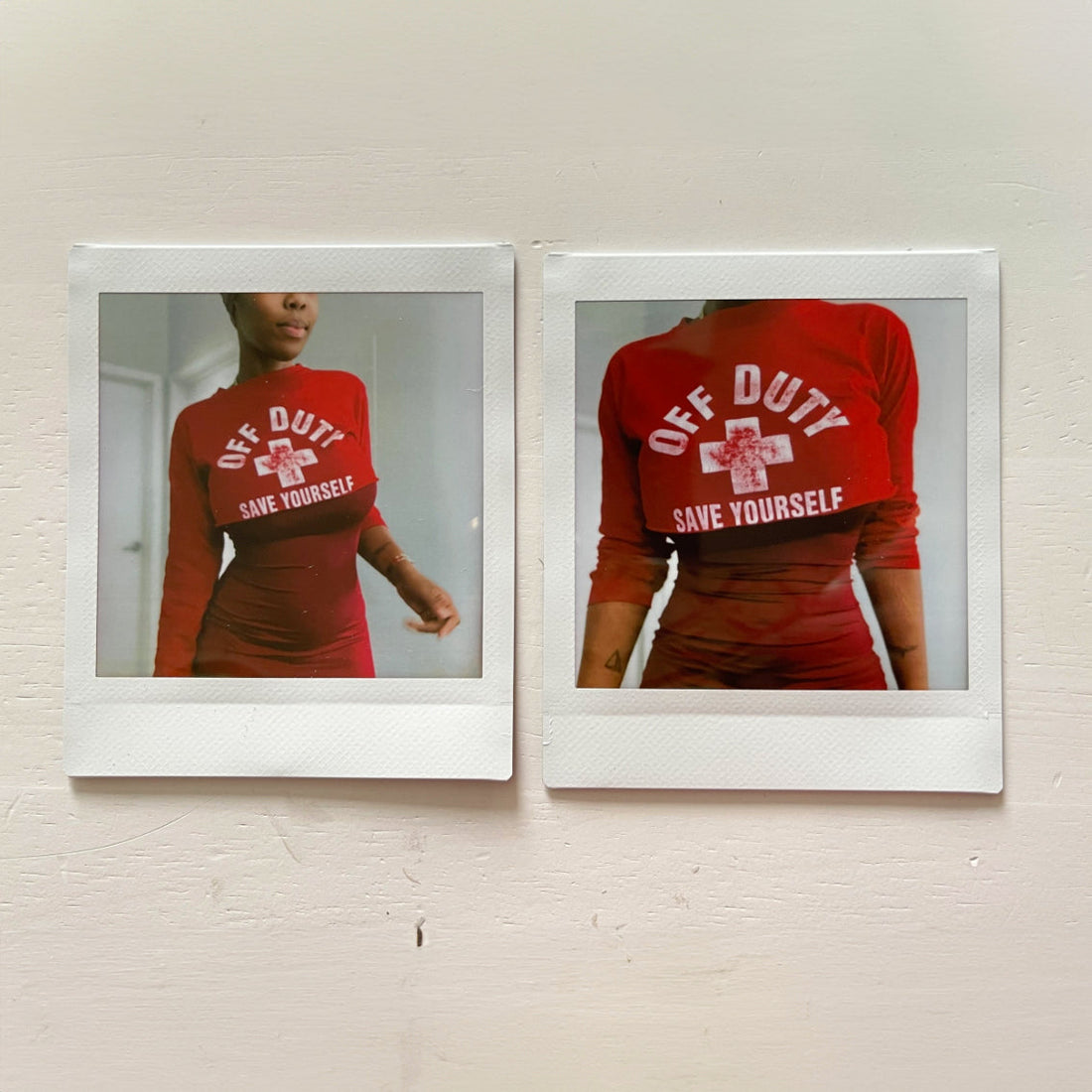
I learned how to care for myself in my forties
Share
When I was fifteen, my first job was as a lifeguard. I spent long hours perched high in my chair, scanning the water for signs of distress, always ready to leap into action to save someone else. Back then, I thought that was what strength looked like—selflessness, constant vigilance, and putting others first. It took decades for me to realize that strength also means learning to care for myself.
The Art of Watching and Waiting
As a teenager, I was trained to respond instantly. My body was conditioned to move before my mind fully processed a situation. Someone struggling in the deep end? My heartbeat spiked, muscles tensed, and before I knew it, I was in the water, pulling them to safety. I became fluent in the art of anticipation—of always being aware, of seeing a crisis before it happened. The responsibility of being a lifeguard shaped my identity in ways I didn’t understand at the time.
Even beyond the pool, I carried that readiness with me. I became the person who people turned to in emergencies, the fixer, the one who always had an answer. I took pride in it. But what I didn’t see—what I wouldn’t see for years—was how little I was extending that same vigilance, that same urgency, to my own well-being.
The Myth of Selflessness as Strength
Culturally, we’re taught to admire selflessness. Sacrificing for others is seen as noble, even heroic. And in many ways, it is. But there’s a dangerous undercurrent to that belief—one that can leave people drowning while they’re trying to hold others up. I lived that for years, giving and giving without replenishing myself, thinking I could outlast the exhaustion, the depletion, the slow erosion of my own needs.
It wasn’t until my forties that I began to truly question what I had internalized. Strength, I realized, is not just about holding everything together for everyone else. It’s also about recognizing when I am the one who needs rescuing. It’s about understanding that my own well-being is not an afterthought or an indulgence—it’s the foundation from which I can give to others in a sustainable way.
Learning to Save Myself
Unlearning the habit of self-neglect has been a process. It has meant redefining what care looks like—not just in grand gestures but in small, daily acts. It has meant listening to my body, honoring my limits, and allowing myself to rest without guilt.
There are days when I still feel the pull of old instincts—when saying no feels impossible, when the urge to put someone else first overrides my better judgment. But now, I remind myself: a lifeguard who doesn’t take care of themselves is no good to anyone.
A Lifelong Lesson
In many ways, I am still that fifteen-year-old, scanning the water. But now, I am learning to turn that same attentiveness inward. I am learning that strength is not just about endurance—it’s about balance, about knowing when to step back, about allowing myself to be cared for, too.
And so, this journey continues. I am still learning. I am still undoing years of conditioning. But this time, I am not just saving others—I am saving myself, too.
